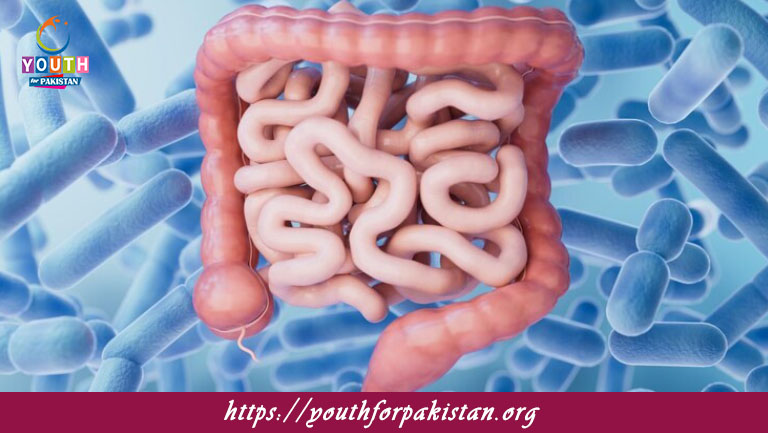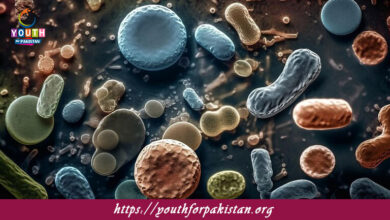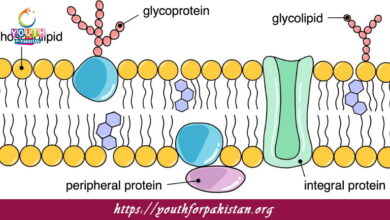Smooth Muscles MDCAT Quiz with Answers

Smooth Muscles MDCAT Quiz: Smooth muscle is involuntary muscle tissue found all over the body, mostly forming the walls of hollow organs—like the digetic tract, blood vessels, and the bladder. Unlike skeletal muscles, smooth muscles are not striated and are rather uniform under the microscope. The structure and function of smooth muscle are very significant for MDCAT students in particular, given their role in very many physiological functions. The MDCAT Quiz on smooth muscles assesses your understanding of their nature, location, and contribution to a variety of different bodily functions.
Structure and Properties of Smooth Muscles
Smooth muscles comprise spindle-shaped, non-striated cells containing a single, centrally placed nucleus. In contrast to skeletal muscles, smooth muscle fibers do not represent an organized regular pattern; thus, under a microscope, these look smooth. They are involuntarily contractile and are regulated by the autonomic nervous system, hormones, and local factors such as stretch. Smooth muscle fibers can contract for long periods without fatiguing; therefore, they perform functions vital to life—functions such as peristalsis in the GI tract. The MDCAT Quiz will enable you to understand the structural differences between smooth muscle and the other types of muscles and their respective physiological roles.
Function of Smooth Muscles
Smooth muscles are involved in a wide range of bodily functions, especially in the regulation of the internal environment. In the digestive system, smooth muscles help move food through the digestive tract via peristalsis, a series of wave-like contractions. In blood vessels, smooth muscles regulate blood pressure by constricting or dilating blood vessels. Additionally, smooth muscles are responsible for regulating the flow of air in the respiratory system and the emptying of the bladder. A Free Flashcard on smooth muscle functions will help you quickly recall their roles in various physiological processes, such as digestion, circulation, and respiration.
Quiz on Smooth Muscles
Taking a MDCAT Quiz on smooth muscles will test your understanding of the structure, function, and locations in the body. The quiz will cover topics such as how smooth muscles contribute to involuntary movements in organs, the mechanisms of smooth muscle contraction, and the differences between smooth muscle and other types of muscle tissues. Using Free Flashcards will also reinforce your understanding of smooth muscle physiology, so you can quickly prepare for your MDCAT exam.

The contraction of smooth muscle is slow and sustained due to the presence of ________.
Slow calcium entry

The ________ in smooth muscle cells are responsible for the movement of calcium during contraction.
Dense bodies

The smooth muscle's ability to contract for long periods without fatigue is called ________.
Tonic contraction

Smooth muscle can contract even in the absence of nerve input, a phenomenon known as ________.
Spontaneous activity
Experience the real exam environment with our expertly designed collection of over 25,000 MCQs MDCAT Mock Tests.





